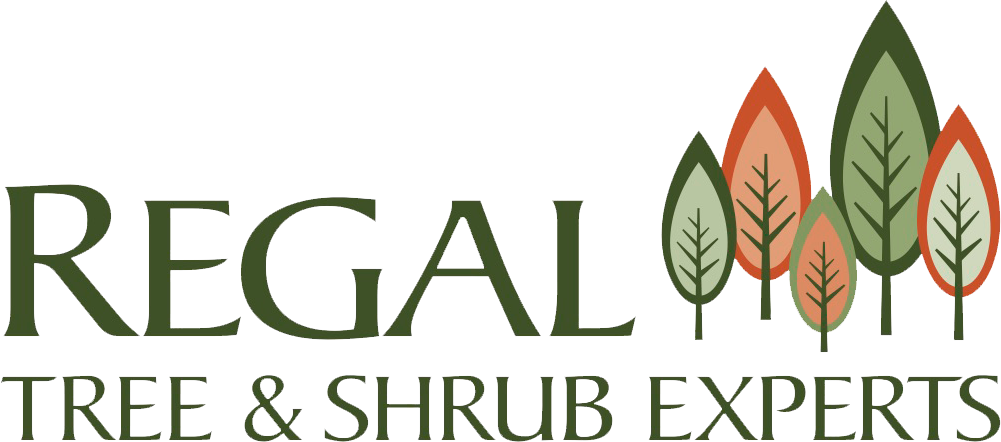STRUCTURAL SUPPORT & SAFETY
Helping Trees Stand Strong
Call us Today 774-719-2450
Keep Your Trees Standing Strong
Sometimes, trees need a little support to keep them safe and growing strong.
That's where we come in.
Our cabling and bracing services reinforce weak areas, preserve your important trees, and prevent costly damage.
Why Trees Need Support
Trees with structural flaws like poor branching, cracked limbs, decay, or inadequate roots have an elevated risk of failure. Heavy limbs and branches can further stress weak structures. Past improper pruning also causes issues. When defective areas give way, falling branches or even whole trees can damage anything below.


Reasons Your Trees Might Need a Little Support
Poor structure from past damage or improper pruning.
Weak branch attachments and codominant stems.
Root damage that destabilizes the tree.
Preventive support for high-risk trees.
Bracing for weakened trunks.
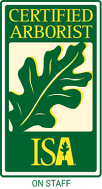
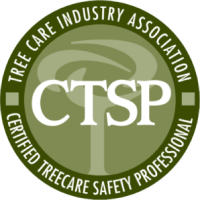
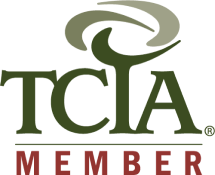
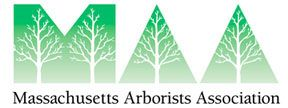

Structural Support Doesn’t Mean “Set It and Forget It”
Since hardware we use for tree cabling and bracing is exposed, it can become less effective due to your tree’s natural growth and environmental factors. Additionally, the regular motion and expansion of branches or trunks have the potential to induce wear on cables and hardware, reducing their capacity to bear loads.
That’s why cabling and bracing hardware should be inspected annually to ensure its integrity and effectiveness. Yearly hardware and installation assessments can identify potential problems that could lead to property damage or injury.
Don’t Wait Until the Damage is Done!
Our goal is to reinforce weak areas to prevent catastrophic, uncontrolled failures that endanger people and property.
Our certified arborists are trained and highly skilled in tree risk assessment cabling and bracing. And our hardware installation is so discrete many of our customers can’t even see it.
Frequently Asked Questions
Structural support for trees refers to various techniques and mechanisms such as cabling and bracing and other support solutions employed to support and stabilize trees, particularly when they exhibit signs of weakness, damage, or structural issues.
Possibly. Structural support such as cabling and bracing can stabilize and support trees that have been structurally compromised by weather, pests, disease, or other
Not every tree will benefit from the service, but we can assess your trees and provide expert recommendations for structural support. Call us today at 774-719-2450.
Each job is different, so it's impossible for us to provide a price without assessing your project.
However, any cost related to your consultation will be credited toward the work if you decide to move forward. Additionally, we offer financing for projects costing $500 or more.
No. We use high-quality galvanized hardware, and our HTS cables are so thin some clients don't even realize they are there.
The value of your tree is up to you, and you might not want to preserve a tree. In other cases, you might find a tree that needs additional support is worth keeping.
Either way, we can help you make the best decision for your particular situation., whether you are leaning toward structural support or would rather remove a compromised tree.
